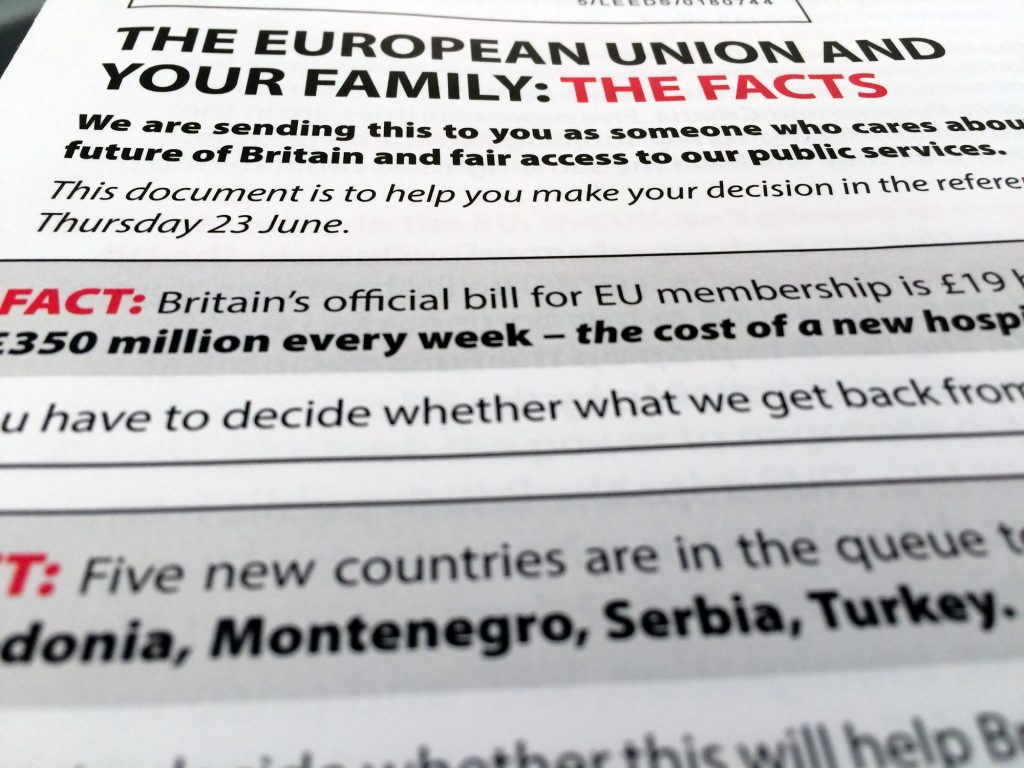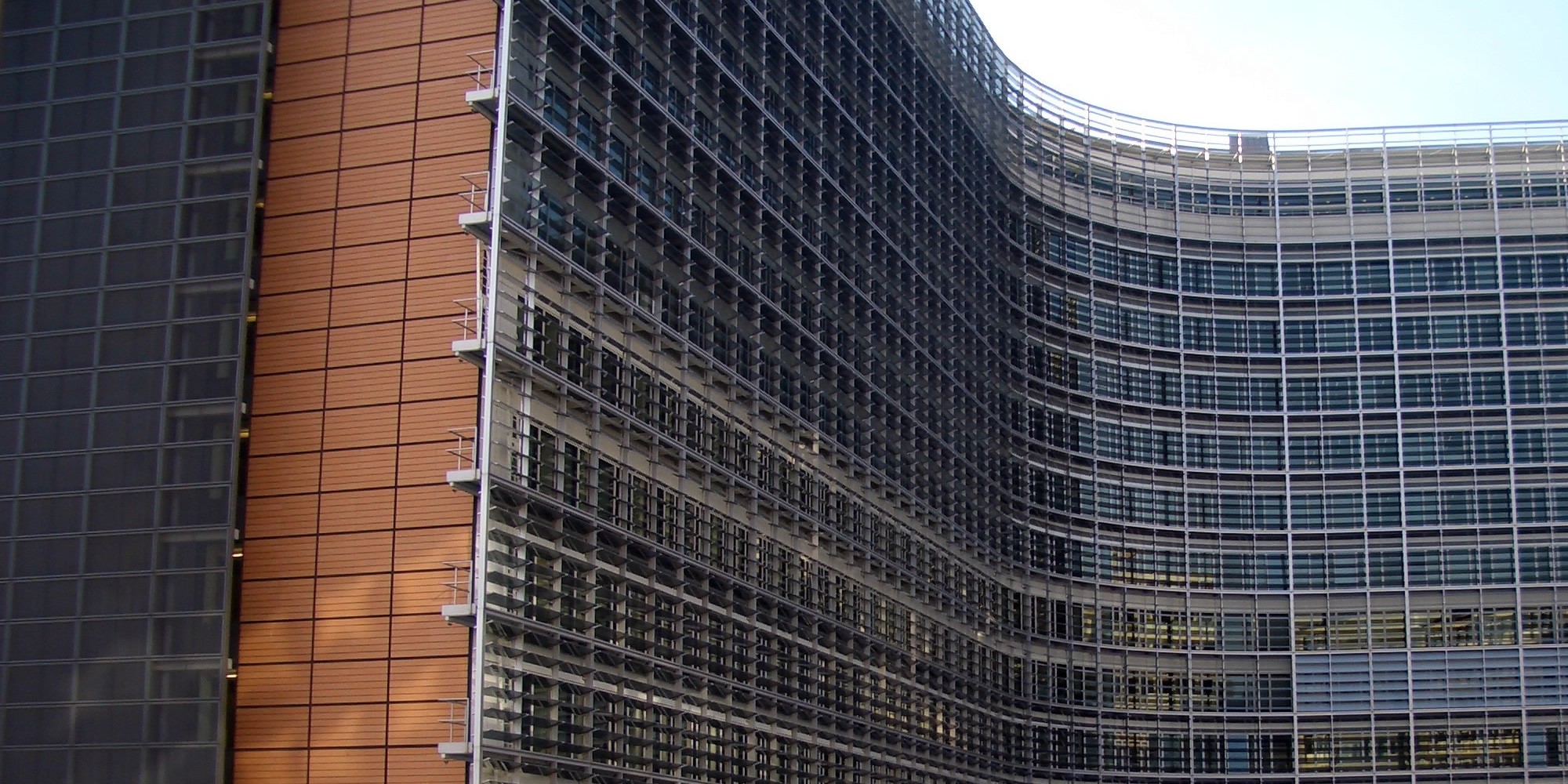I’m a professional public relations practitioner (I might have mentioned) and I’m broadly pro-EU (I also might have mentioned). So the leaflet that arrived last Thursday was something of a red rag to a bull.
“Bull” being the operative word.

Let’s start at the very beginning – a very good place to start – with the line at the top proclaiming “official information about the referendum on 23 June 2016”. Official? Really?
There’s the main title “The European Union and your family: the facts.” Then it heads into Rafa Benitez territory and repeats the widely debunked £350 million per week figure (three times in a four-page leaflet).
After that I started to get a bit depressed.
The truth is that truth has little part to play in election communications. Elections are boring, and the only way to get people to take any notice is to make wild, unsubstantiated claims, safe in the knowledge that any counter-argument will never get the same amount of airtime. Bad news is an easier sell than good news, sensationalism always gets more column inches / retweets than the plain old facts of the matter.
Propaganda versus information. That rings a bell…
Does Cameron want Turkey to join the European Union? Quite probably. The people who make this claim know perfectly well that accession to the European Union is not simply a matter of willing it so; the candidate country has a huge body of law to incorporate. And even if they accepted absolutely everything without argument any one of the existing members can veto the bid.
But that’s not as headline-grabbing as talking about 76 million Muslim Turks coming for our jobs and plucky NHS.
Do you know when Turkey applied to join? April 1987 (Masters Dissertation topic – trust me on my knowledge of the accession process). And of the five countries listed on the back of the leaflet, two – Albania & FYRO Macedonia – haven’t opened talks yet1.
Upshot: I’m personally and professionally offended. And they wonder why people don’t politicians…
- see Check Current Status on the European Union’s web site [↩]
